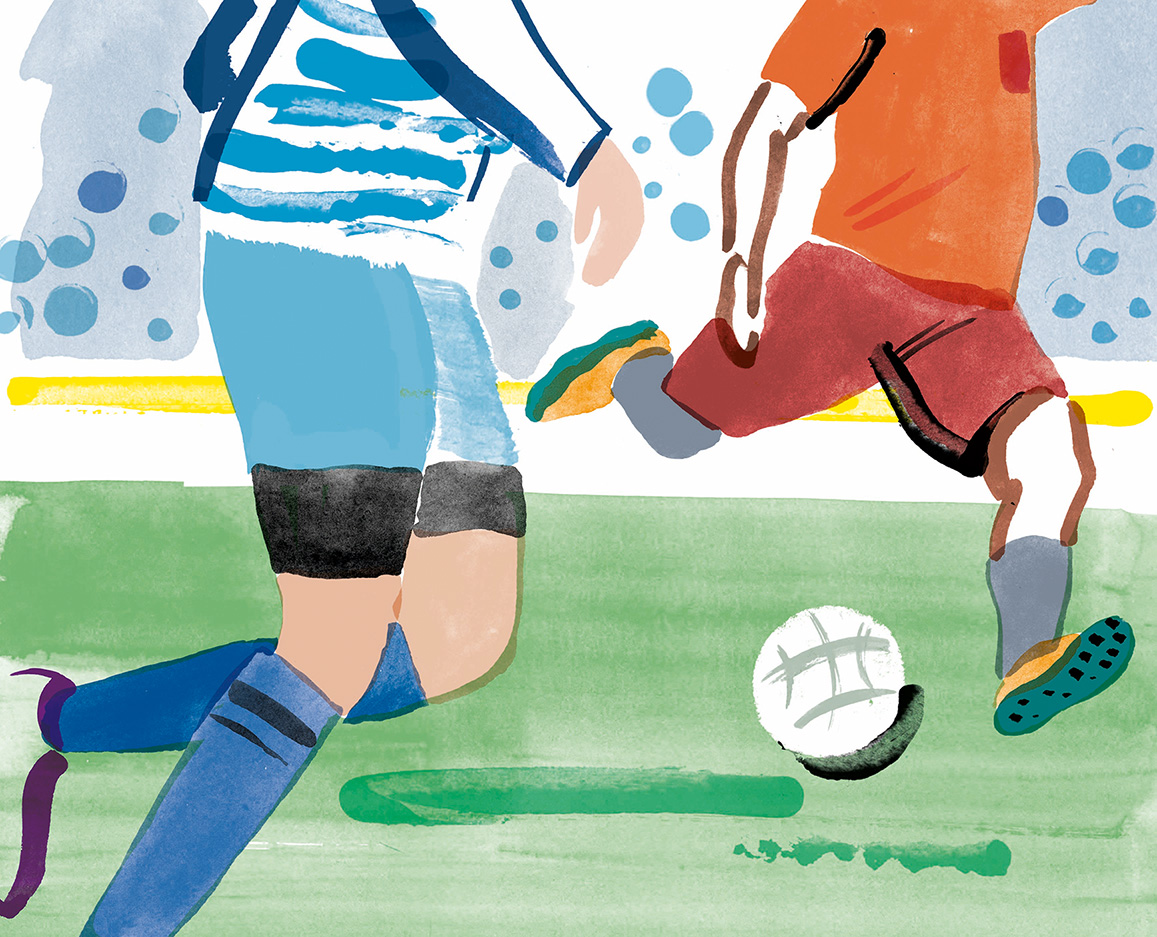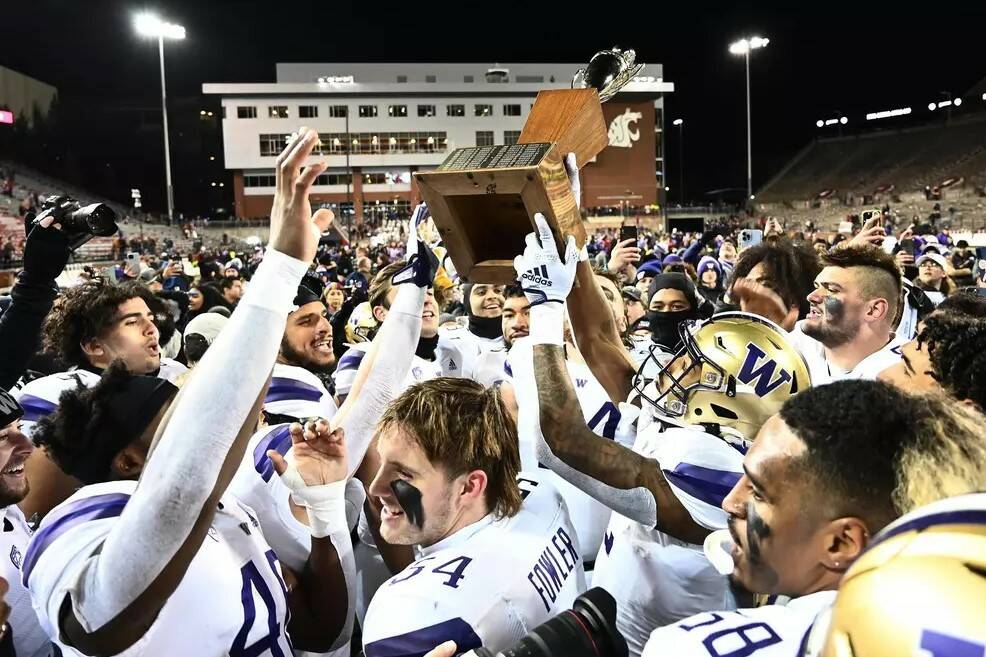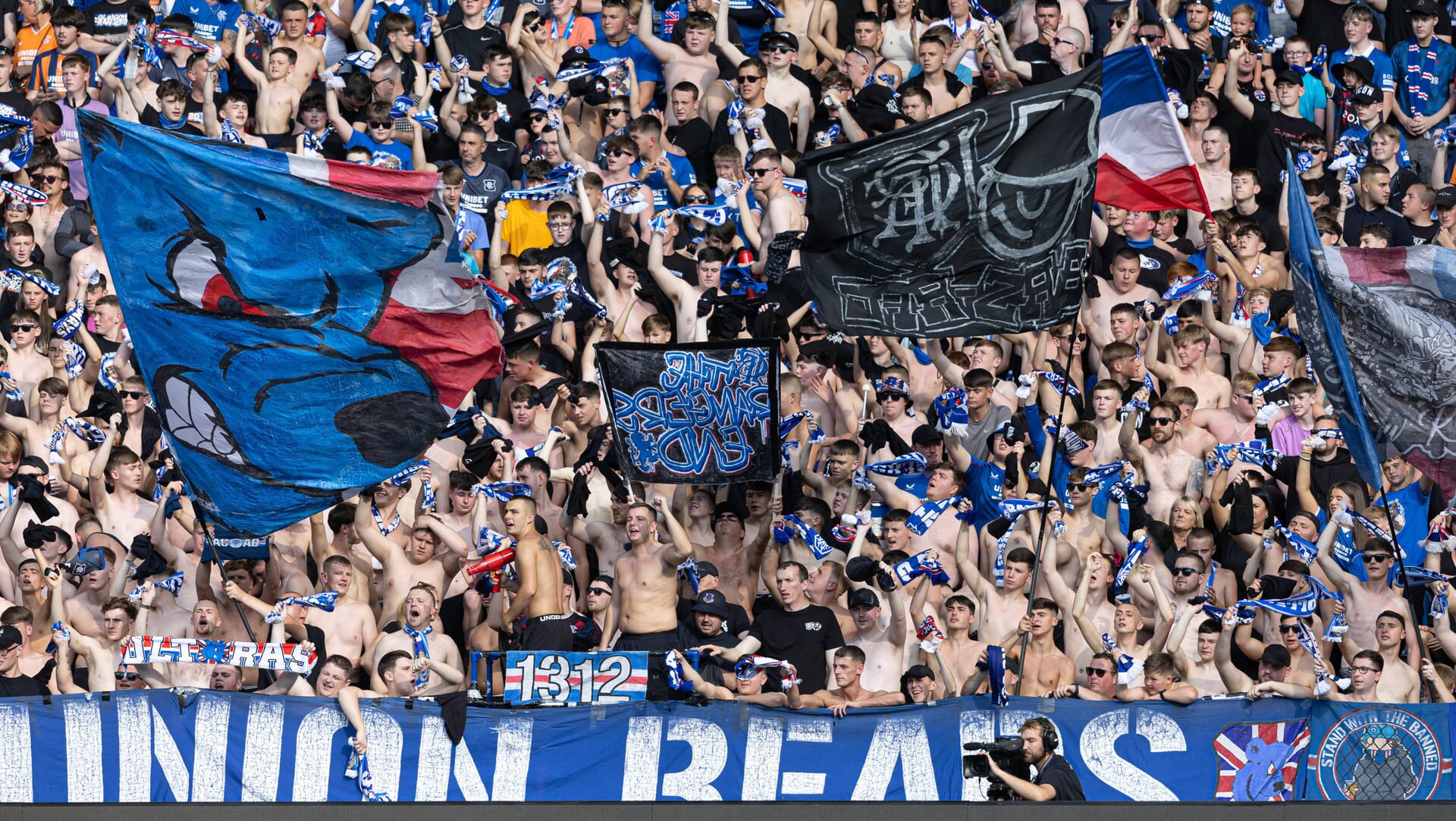By Hunter Davies
Copyright newstatesman

Notice something interesting about the following opening paragraph of a story on the sport pages of the Metro in early September? “Manchester United are in talks about a blockbuster move for England midfelder Jess Park with local rivals Manchester City.”
No, not the clumsy misuse of blockbuster, but who the hell is Jess Park? I had to pause for a moment as I did not recognise the name. Was he one of the poor sods who came on for England in their dreadful World Cup qualifier against Andorra recently?
No, when I read on, I realised that Jess is a she not a he and that the story was about the Women’s Super League, not the men’s Prem, as I had blithely imagined. Tut tut.
It is some sort of breakthrough when they don’t bother to tell you early doors – as we say in football – that a story is about women’s football not men’s. It was clearly assumed most readers would know. Goodness, how times have changed.
Women’s football is not just present but getting headlines and media space, big TV coverage, and major sponsors crawling to be associated with them. This season the Women’s Super League (WSL) is sponsored by, among others, British Gas and Barclays.
And of course the leading players are not just featured on the sport pages but appearing in smart mags, too. They are not yet making as much as the boy Beckham did – sorry, Sir David – who just ten years ago was a joke figure, his accent and intelligence the butt of jokes, but star women such as Chloe Kelly, Lucy Bronze, Alessia Russo are making hundreds of thousands a year.
The FA banned women from playing football in 1921. Yet the previous year Dick, Kerr Ladies from Preston played St Helens Ladies at Goodison Park in Liverpool and attracted 53,000 spectators.
But the FA thought the sport was “quite unsuitable for females”, and that it was “much more harmful to women than men”. One of the worries was whether playing would damage their childbearing capacity. Funny how often women were assumed to be so vulnerable. In the 19th century, when the first passenger trains reached above 30mph, some medical opinion thought women’s bodies weren’t up to travelling at that speed. Until then, the quickest that humans had gone was the speed of the fastest horse.
Twenty years ago it was rare for women to be seen playing football, either in person or on TV. It was considered not natural and most men scoffed at the very idea. Now they are doing better than the men, in that England women are winning pots. And this season, the Women’s Super League is on prime-time TV: Sky and the BBC are showing almost every WSL game.
There is a new name in the league this season: London City Lionesses. The other WSL clubs are offshoots of men’s clubs, such as Manchester United Women. But London City Lionesses are independent (though they were at one time part of Millwall) and have been bought by a female American billionaire.
A survey in Saga Magazine last month asked men and women readers over 50 which sports they watched on TV. It found 20 per cent of men now regularly watch women’s football. Only 13 per cent watch darts and 11 per cent horse racing, traditionally sports for men. I rang my son during the boring England-Andorra game – and he was watching England women’s rugby.
Back to Everton. Guess where Everton Women are playing their home games this season? Goodison Park. Yes the ground where Dick, Kerr Ladies drew 53,000 in 1920. Everton men have at last moved to their new ground on the Liverpool docks.
Everton Women are also one of the women’s clubs that are allowing alcohol in the stands during the game. Which, of course, is banned in the men’s game.
And I should think so, too. You can’t trust men with drink. Whereas women would never drink too much. Har har…



